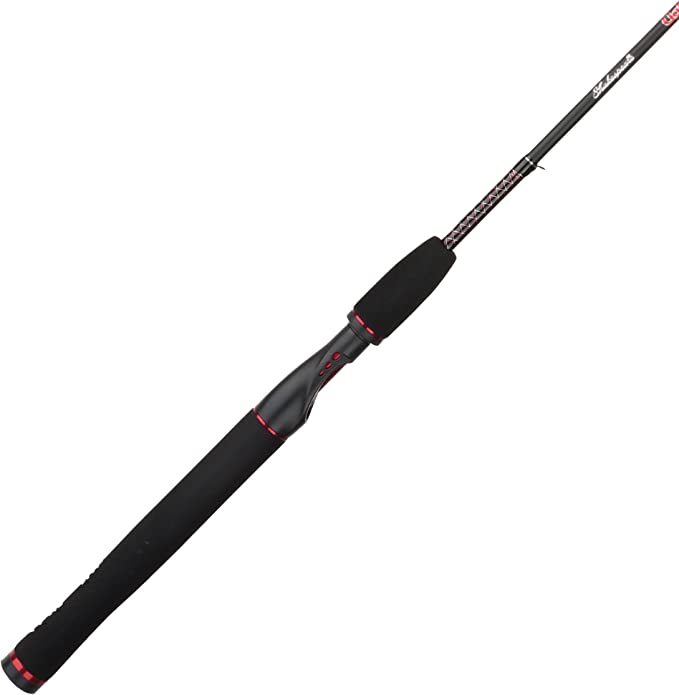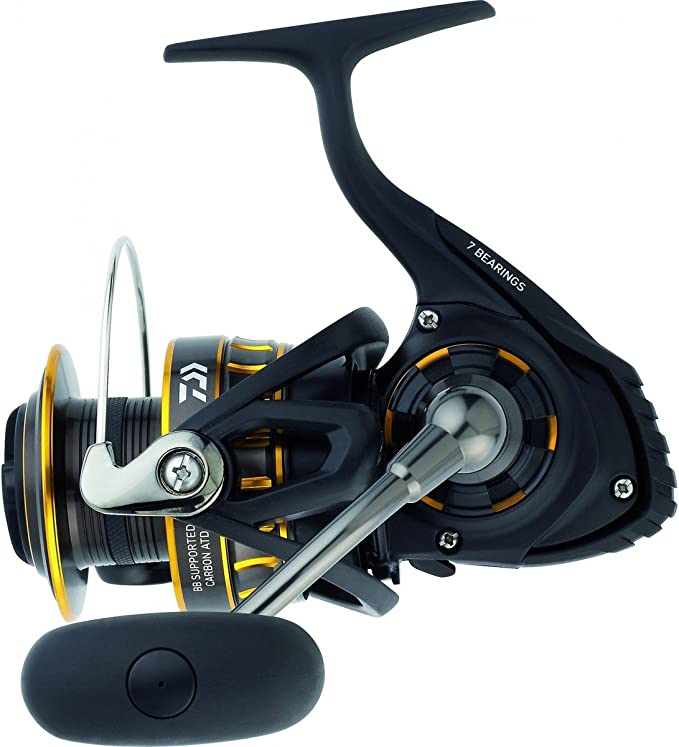Coleman WeatherMaster: Your Home Away From Home, No Matter the Weather
Update on Aug. 5, 2025, 1:02 p.m.
A tent, at its core, is a promise. It’s the promise of a sanctuary in the wild, a reliable shelter that stands between you and the unpredictable moods of nature. Yet, many campers have felt the sting of a promise broken—a persistent drip in the dead of night, a frame that shudders unnervingly in the wind. The difference between a memorable trip and a miserable one often lies not in the tent’s color or its number of pockets, but in the unseen engineering and material science woven into its very fabric.
Using the Coleman WeatherMaster 6-Person Tent as our case study, let’s pull back the curtain and explore the scientific principles that transform a simple assembly of poles and polyester into a trustworthy home away from home. This isn’t just about one tent; it’s about understanding the language of shelter design.

The Physics of Staying Dry: A Systemic Approach to Waterproofing
The term “waterproof” is easy to claim but difficult to achieve. Water is a relentless force, exploiting the tiniest of weaknesses. Coleman’s WeatherTec™ system addresses this not with a single feature, but with an integrated defense strategy rooted in basic physics.
A key element is the use of welded corners and a tub-like floor. Traditional tents have floors stitched to the walls, creating thousands of microscopic holes along the seams. These needle holes are prime entry points for water, which can be wicked inside through a process called capillary action. The WeatherMaster’s design circumvents this problem. By welding the corners, the floor material is fused together using heat or ultrasonic vibrations, creating a single, continuous, monolithic piece. This “tub” floor, which extends several inches up the walls, functions like the hull of a small boat, creating a seamless basin that effectively prevents ground water from intruding, even if you’ve pitched your tent in a shallow puddle.
Above the ground, the defense continues with inverted seams on the rainfly. On many conventional tents, the seams face outwards, leaving the stitching exposed to the elements and creating tiny channels where water can collect. By inverting the seams, the stitching is shielded on the inside of the rainfly. This seemingly small adjustment is brilliant in its simplicity. It forces rainwater to flow down and over the smooth, unbroken outer surface, much like how water cascades over properly laid roof shingles. This design not only enhances water resistance but also protects the vulnerable thread from UV degradation and abrasion, extending the life of the shelter.

Engineering for Integrity: Materials and Structure
A tent’s ability to withstand wind and weather is a direct function of its materials and structural geometry. The WeatherMaster is constructed from polyester, a deliberate choice in material science. Unlike nylon, which can absorb water, sag, and stretch when wet, polyester has a lower absorbency. This means that even after a rainstorm, the tent fabric remains taut, maintaining the structural integrity of the frame and preventing the rainfly from drooping onto the inner tent, which could cause water to seep through. Furthermore, polyester generally offers better resistance to ultraviolet (UV) radiation, slowing the degradation process that can weaken fabrics over time.
The choice of a PFAS-free option is also a significant nod to modern material science and environmental responsibility. Per- and polyfluoroalkyl substances (PFAS) have long been used in durable water repellent (DWR) coatings for their effectiveness. However, their persistence in the environment has raised significant concerns. The development of effective PFAS-free coatings represents an important evolution, providing water resistance without the long-term ecological footprint, allowing campers to protect themselves and the environments they cherish.
While the specific pole materials are standard for family camping tents, the overall cabin-style or dome-hybrid structure is designed to balance interior space with stability. The flexible poles are engineered to bend under wind load, absorbing and distributing the energy across the entire frame rather than resisting it rigidly, which could lead to snapping or failure. The tent’s stability is not just in its frame, but in its complete anchored system, where guy lines and stakes work in concert with the structure to create a resilient, wind-shedding form.

Managing the Microclimate: The Unseen Battle Against Condensation
Sometimes, the water inside a tent doesn’t come from the outside. Condensation is a common and often misunderstood phenomenon. As you breathe, you release warm, moist air. When this air comes into contact with the relatively cool inner surface of the tent fabric, it cools rapidly, and the water vapor condenses into liquid droplets—the same principle that fogs up a car window on a cold day. Without proper management, you can wake up in a damp tent even on a perfectly dry night.
The solution is ventilation. Effective tent design incorporates features that promote constant air exchange. This typically involves low vents to draw in cool, dry air and high vents (often in the mesh ceiling) to allow warm, moist air to escape. This creates a natural convection current, continuously flushing out the moisture-laden interior air before it has a chance to condense. The large mesh windows on the WeatherMaster play a crucial role in this system, allowing for significant cross-ventilation, which is essential for comfort and moisture control in varied conditions.
The screened porch serves as more than just a luxury; it’s an intelligent extension of the tent’s microclimate management. It acts as a large, protected vestibule, allowing you to keep the main tent door open for maximum ventilation while still being fully protected from insects. This bug-free zone provides a comfortable space for gear storage, lounging, or dining, fundamentally enhancing the livability of the campsite and seamlessly blending the security of the indoors with the sensory experience of the outdoors.
In the end, the Coleman WeatherMaster is more than a collection of features. It is a physical demonstration of applied science. From the physics of water diversion in its seams to the material science in its fabric and the thermodynamics of its ventilation, every element is part of a system designed to fulfill that fundamental promise of a reliable sanctuary. By understanding these principles, you are no longer just a consumer buying a product; you are an informed outdoorsperson, equipped with the knowledge to appreciate the subtle engineering that makes for a truly great night under the stars.






































